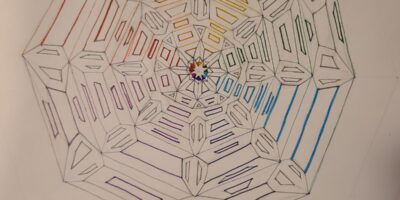Author:
Sarina Vélez
Co-author:
Fatma Zehra Gulluce
Mentor:
Abel E. Navarro PhD
Abstract:
With increasing demands, the gold market continues to grow and the search for new mines, less expensive extractions, and purifying techniques are of top priority. As gold is a highly desirable metal with unique properties, it is suitable for many applications and industries. Today, toxic extractions involving cyanide are still being used, causing severe consequences for ecosystems and human health. This issue further highlights the need to develop newer and safer techniques for the recovery and capture of gold in aqueous systems. In this project, the use of marine algae Lessonia nigrescens Bory (L13) and Macrocystis integrifolia Bory (S12) were closely examined for the uptake of gold (III) ions in aqueous solutions. Batch equilibrium studies were conducted at room temperature to evaluate the role of initial solution pH, adsorbent dose, and salinity on the adsorption of Au+3 ions. Adsorption isotherms models were fitted to the data, reporting maximum Langmuir adsorption capacities. Gold (III) adsorption was maximized at an initial solution pH between 4 and 5 and slightly favored with sodium nitrate. Scanning electron microscopy also indicates that L13 and S12 pose favorable morphological and textural properties for the uptake of metal ions. Overall, this study showcases the potential of inexpensive marine algae as eco-friendly materials for the removal of precious metals from aqueous solutions.

